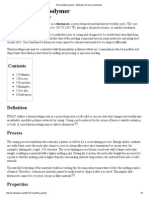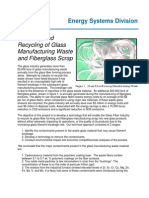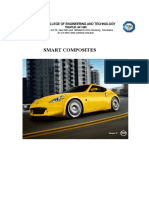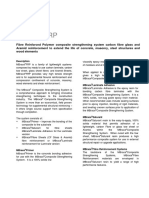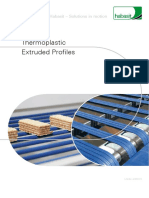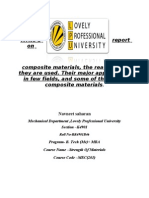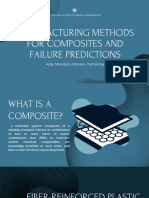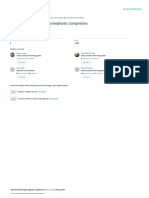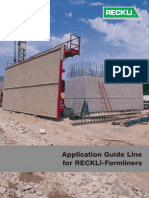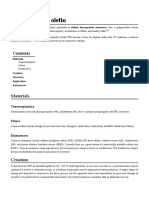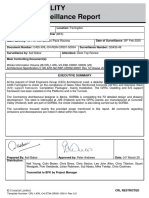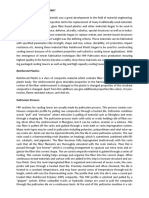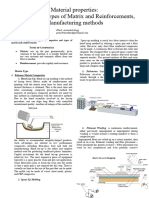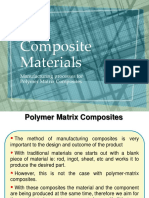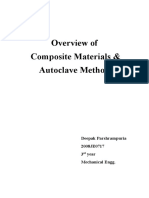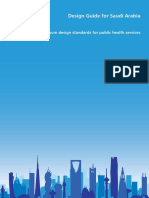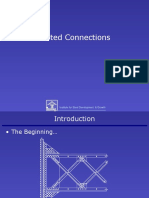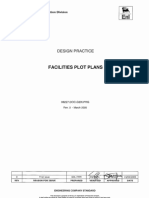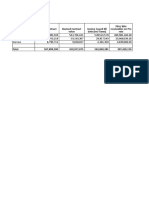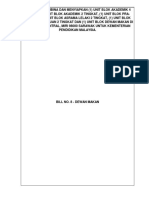0% found this document useful (0 votes)
113 views9 pagesPolymers and Its Types
The document discusses polymer matrix composites (PMCs), which are composed of fibers bound together by a polymer matrix. PMCs transfer loads between fibers. The document defines PMCs and explains that they combine materials like polymers and fibers to achieve desired properties. It discusses common reinforcement fibers and matrices used in PMCs. The document also outlines several manufacturing processes for PMCs like hand layup, spray-up molding, filament winding, and reaction injection molding. It provides examples of applications for each process in industries like automotive, aerospace, marine, etc.
Uploaded by
Zarnain khanCopyright
© © All Rights Reserved
We take content rights seriously. If you suspect this is your content, claim it here.
Available Formats
Download as PDF, TXT or read online on Scribd
0% found this document useful (0 votes)
113 views9 pagesPolymers and Its Types
The document discusses polymer matrix composites (PMCs), which are composed of fibers bound together by a polymer matrix. PMCs transfer loads between fibers. The document defines PMCs and explains that they combine materials like polymers and fibers to achieve desired properties. It discusses common reinforcement fibers and matrices used in PMCs. The document also outlines several manufacturing processes for PMCs like hand layup, spray-up molding, filament winding, and reaction injection molding. It provides examples of applications for each process in industries like automotive, aerospace, marine, etc.
Uploaded by
Zarnain khanCopyright
© © All Rights Reserved
We take content rights seriously. If you suspect this is your content, claim it here.
Available Formats
Download as PDF, TXT or read online on Scribd
/ 9









